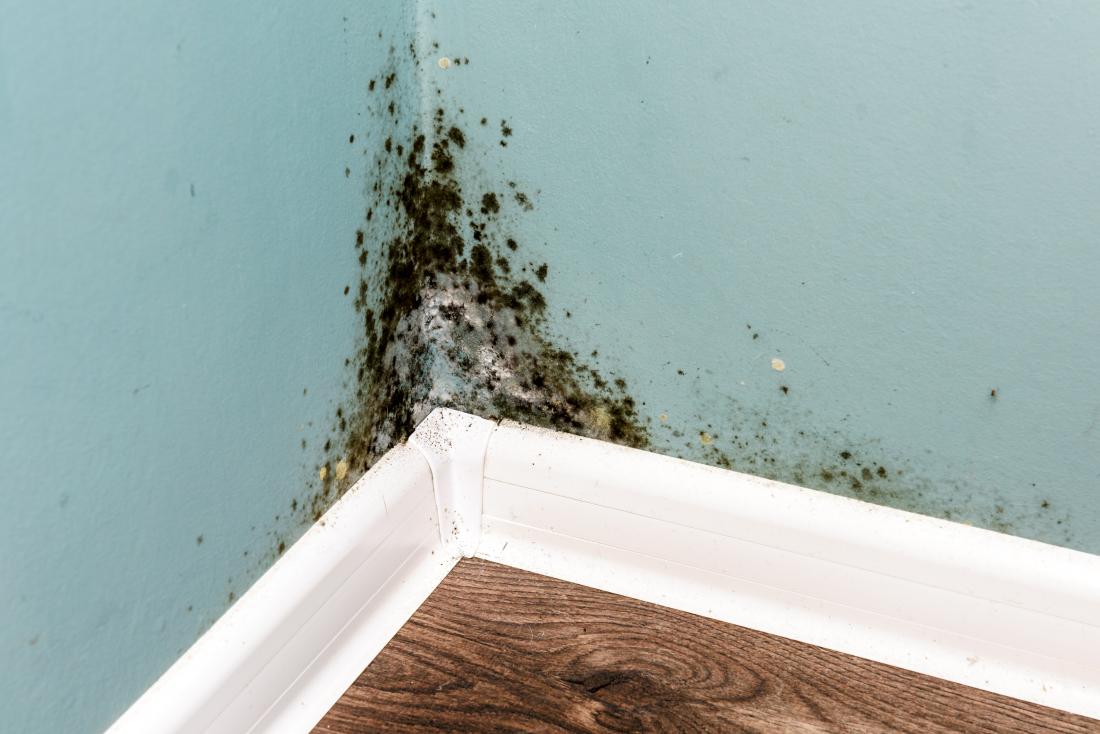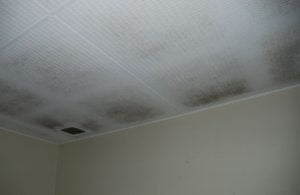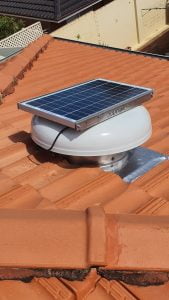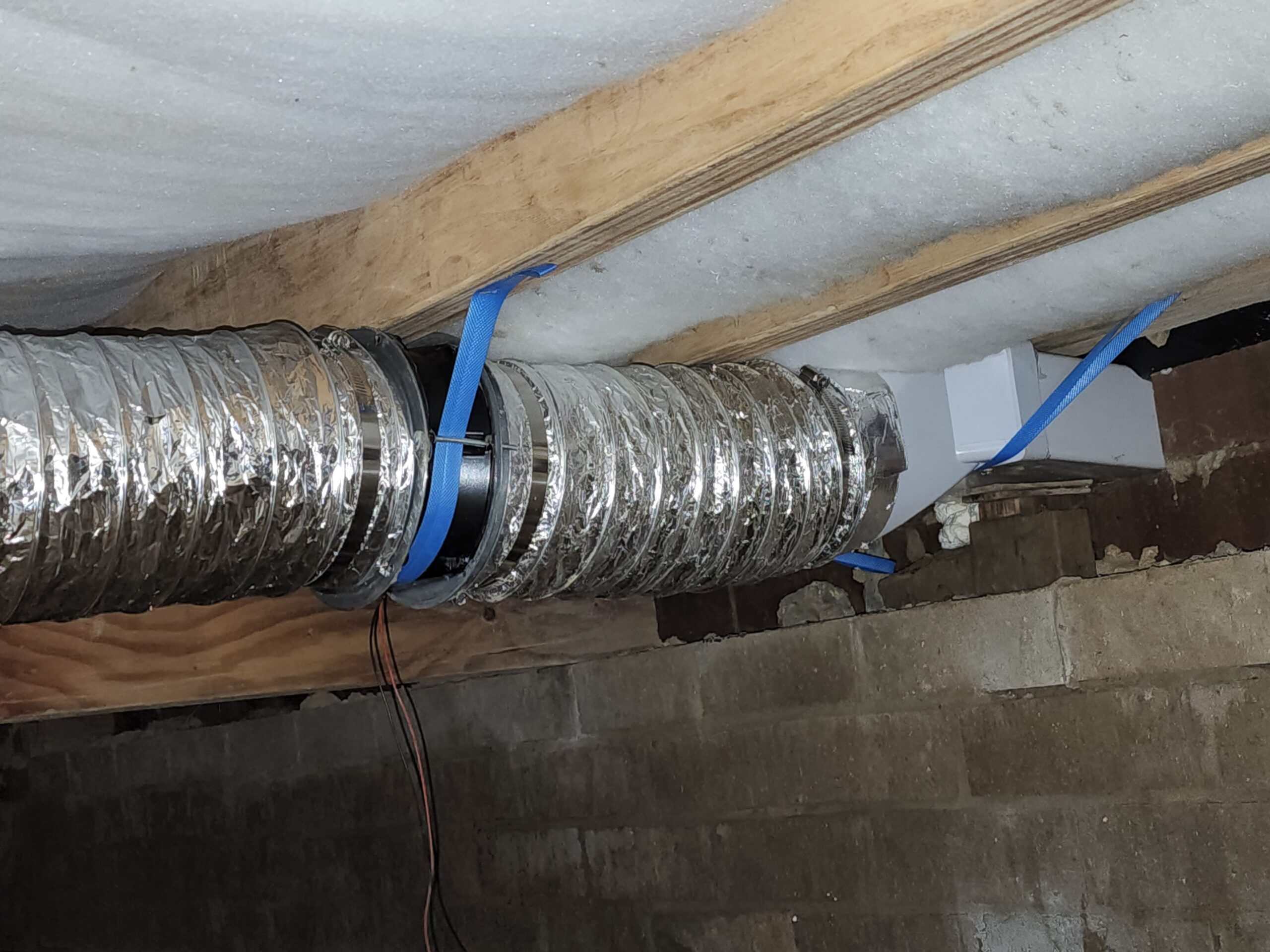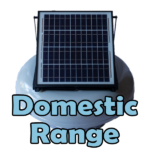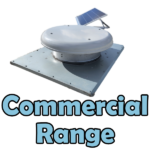Ventilation to Reduce Moisture and Condensation
Address problems like musty smells condensation, mould, and plaster stains with good ventilation.
It is important to properly ventilate your home even if you don’t struggle with heat problems. Roof spaces can easily become humid and moist during cooler and/or wetter weather. This post will talk about why homes struggle to control moisture and condensation and the consequences of not addressing these problems.
Houses and Moisture
Australia has a reputation for long, hot and dry summers. But this isn’t true for some areas of the country where summer can be wet and humid. Our winters can also be cold and wet most of the time.
Houses that don’t have fresh air circulating through them are far more likely to collect or hold on to moisture. Cooking, showering, washing, drying and other daily activities generate moisture. This moisture can’t escape when there isn’t enough ventilation. The problem can be especially bad during winter when there is very little air movement through the house because windows and doors are kept shut. That means that moisture hangs around in rooms, creating damp and humid indoor conditions.
If you’re not sure if your house has a problem with moisture, look out for these things:
- Condensation on windows
Excess moisture in your home can result in mould growing on your ceiling
- Mould on window sills
- Water droplets in your roof space or subfloor space
- Marks and stains on the walls
- Stale air
- Musty smells
The Consequences of a Damp Home from Moisture and Condensation
There are serious problems that can result from too much indoor moisture. In cold weather, condensation can easily develop on windows and other surfaces in your home. Condensation is also likely to be a problem in roof spaces and subfloor areas.
Condensation and dampness are the perfect breeding ground for mould and mildew to grow, which can be a serious health problem for the people living in the home or building. Mould spores are allergens and can be easily breathed in by people. This can result in an allergic response such as a runny or blocked nose, and eye and skin irritation. The reaction can be particularly bad for people with asthma because they impact the person’s airways.
Furthermore, dampness left unchecked can lead to damaged house structures. If you’re not careful, extreme moisture and humidity can warp or rot wooden structures. This can threaten the stability of your house and put inhabitants at risk.
Obviously, severe problems result from ignoring the humidity level in your home. Addressing moisture and humidity is incredibly important for both the inhabitants and the building’s health.
What is the Best Way to Control Humidity Levels in Your Home?
There are lots of ways to help reduce humidity and dampness in a building. Many sources suggest using insulation, opening windows, buying a dehumidifier, and heating your house more. The number one suggestion is improving ventilation in your home.
Ventilation flushes the moist and humid air out of your home and replaces it with fresh air. And, it improves the performance of the above measures. Insulation and ventilation are highly compatible for humidity reduction as they improve the effectiveness and efficiency of each other. Additionally, dehumidifiers and heaters don’t have to work as hard to achieve the same result because ventilation reduces moisture and insulation helps keep the house warmer.
Solar Whiz offers two main systems to achieve your ventilation needs:
Roof Ventilation Systems
Roof ventilation fans are the most typical installation type at Solar Whiz. It is a powerful mechanical exhaust fan that pulls air out of your roof space and replaces it with fresh outdoor air. This air is drawn in from openings into the roof space such as gaps between tiles or openings at the corrugations of roof sheets etc.. If there is no or little access to replacement air – eave vents can be installed under the eaves of your home for fresh air access This air movement effectively reduces the amount of condensation that builds up in your roof space and protects it from structural damage and mould growth.
We also offer a method of ventilation that uses ceiling vents to draw air up and out of the rooms in your house. This method helps to circulate and refresh the air throughout the entire house. It is especially good for reducing moisture and condensation in particular rooms.
Subfloor ventilation systems:
Subfloor fans do the same as roof ventilators but for your subfloor space. They extract the damp and moist air and replace it with fresh and dry air. This is crucially important during wetter months when subfloor areas can often stay wet for months on end. This can result in rising dampness and structural damage.
Our subfloor ventilation systems are highly effective and customisable to your needs. Read more about it on our dedicated subfloor page here!
What is Mechanical Ventilation and How Does it Help Buildings Reduce Moisture and Condensation?
Solar Whiz is a mechanical ventilation system. That means our subfloor and roof ventilators are operated using solar energy and actively extract air. Mechanical ventilation is far more effective than passive ventilation which typically relies on wind power and rising heat to move air around. Typical passive ventilation solutions include whirlybirds. We have talked about whirlybirds a great deal and would strongly encourage you to stay well away from them.
Therefore, mechanical ventilators are far better equipped to help buildings reduce condensation. By working powerfully and efficiently to extract moisture from the roof or subfloor spaces, Solar Whiz solar powered fans are far more likely to achieve the results that you need.
The other benefit that Solar Whiz has is that our units are solar-powered. That means that they can cost nothing to operate, saving you hundreds on your energy bills.

